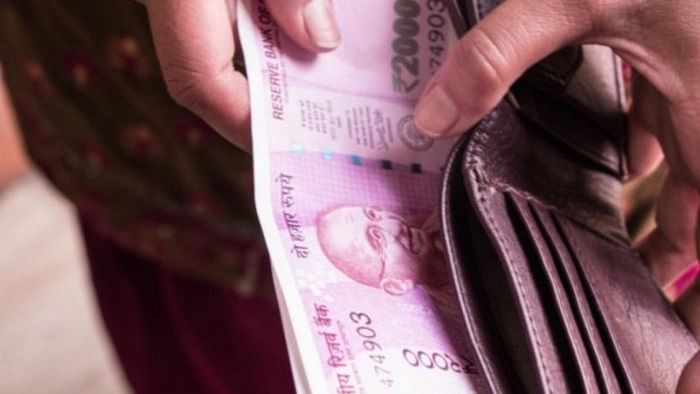
India’s inflation slowed further in December, indicating price pressures might have peaked and giving the Reserve Bank of India more reason to slow the pace of interest-rate hikes.
Thursday's news coincided with another report showing a rebound in industrial output in November, making some optimistic about the future of Asia’s third-largest economy despite global recession fears.
The consumer price index (CPI) eased to 5.72 per cent in December from 5.88 per cent in the previous month, while the Index of industrial production (IIP) expanded 7.1 per cent in November after a 4.2 per cent contraction in the previous month.
"CPI inflation at 5.72 per cent in December confirms the downtrend which started in November. This will enable the RBI to go slow on rate hikes,” Geojit Financial Services Chief Investment Strategist V K Vijayakumar said in a note. “Along with easing inflation IIP rising to 7.1 per cent in November reinforces the growth rebound story in India. This means India can achieve 6 per cent GDP growth rate in FY 24 despite the global growth slowdown."
The main cause for the cooling of retail inflation was a substantial easing in the rise of food prices, data from the National Statistical Office showed. Food inflation, which accounts for nearly 40 per cent of the CPI basket, fell to 4.19 per cent in December from 4.67 per cent in the previous month.
The headline retail inflation has remained in the Indian central bank’s tolerance band of 2 to 6 per cent for the second consecutive month. It fell below 6 per cent in November after remaining above the upper tolerance limit for 10 consecutive months. The RBI has been mandated by the government to maintain retail inflation at 4 per cent with a margin of 2 per cent on either side for a five-year period ending March 2026.
The RBI raised its key lending rate aggressively in the past year in an attempt to tame stubborn inflation. The cooling inflation and rebound in industrial growth will give the central bank some comfort in policy action when it reviews the monetary policy on February 6-8 .
“We are extremely watchful of evolving inflation dynamics and look at data almost on a daily basis and we will keep an Arjuna's eye on inflation and we will be ready to act,” RBI Governor Shaktikanta Das said in December.
The industrial growth, as per the Index of Industrial Production (IIP), in November, is the highest in five months. With 12.7 per cent year-on-year expansion, the electricity sector recorded the highest growth in November, followed by mining at 9.7 per cent. The manufacturing sector posted a growth of 6.1 per cent in November.
Retail prices have eased more in urban areas than in rural areas. In fact, inflation in rural India remained above the RBI’s tolerance limit in December. CPI-based inflation in rural India stood at 6.05 per cent, while it was substantially lower at 5.39 per cent in urban areas.
In its previous policy review announced on 7 December, the RBI hiked the policy repo rate by 35 basis points to 6.25 per cent. One basis point is one-hundredth of one percentage point. For the financial year 2022-23, the central bank has pegged the retail inflation forecast at 6.7 per cent.